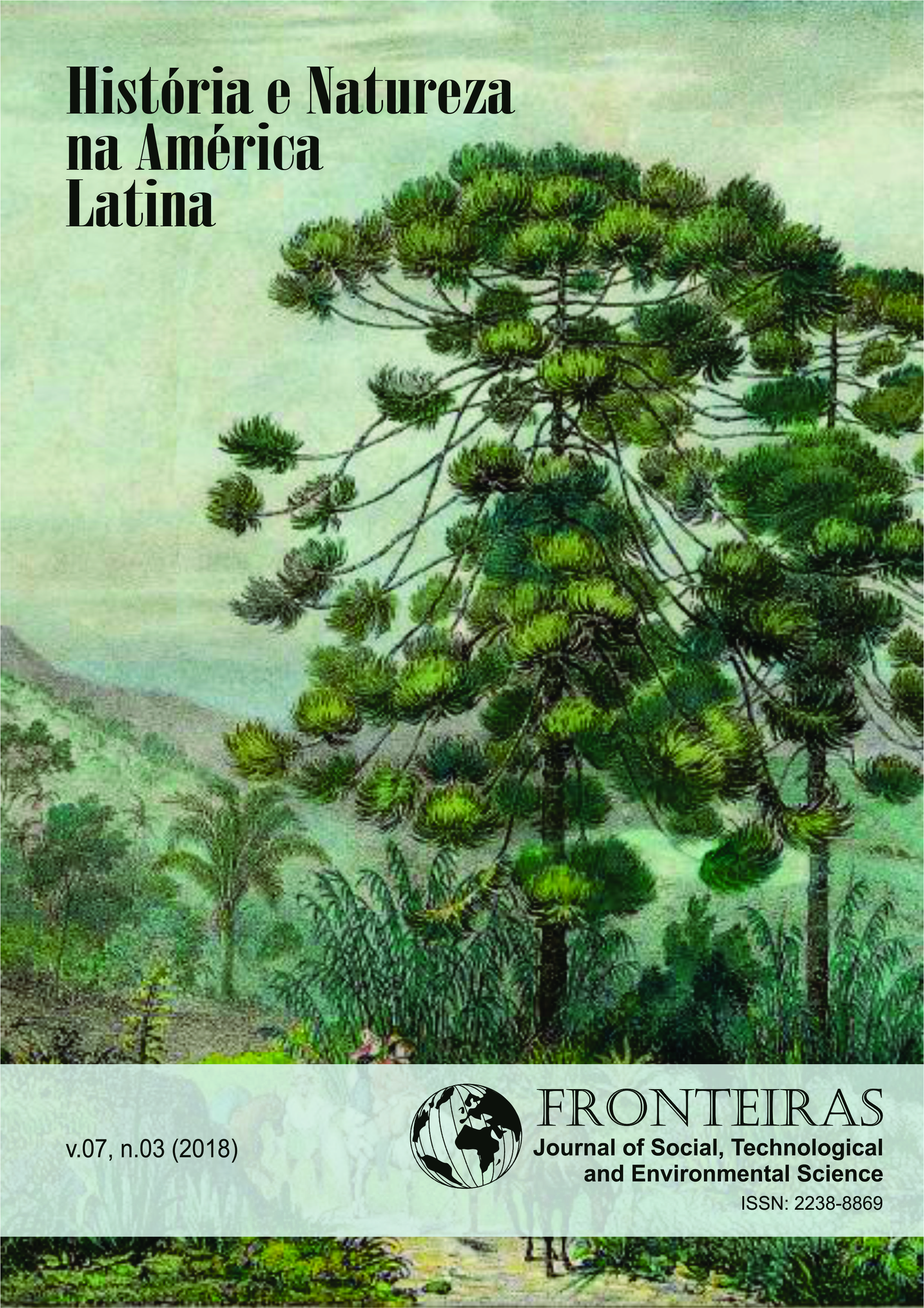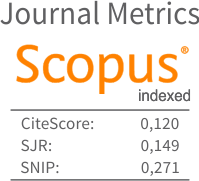Water, Culture and the Environment at the Internal Borders of Panama
DOI:
https://doi.org/10.21664/2238-8869.2018v7i3.p231-244Keywords:
Human Interventions in Ecosystems, Environmental Problems, Natural ResourcesAbstract
Addressing the linkages between the environment, culture and the vision of natural resources in a given territory should take into account the environmental problems of the present. Cultural expressions of the social conflicts associated with such problems are the result of human interventions in ecosystems. These interventions respond to the need to transform into natural resources a segment of the elements that are part of these ecosystems, using socially organized processes of work and using complex technologies and procedures, corresponding to the social relations prevailing in society that use these resources. The reorganization of nature resulting from these interventions, in turn, generates transformations in the social structures and mentalities of human groups. In this way, by modifying the natural systems upon which human beings depend for their existence, it opens the way, usually without knowing or desiring it, to the formation and development of contradictions in the social systems on which their organization depends as a species and the processing of such systems. According to the degree of development of each society, this process can be limited to a purely local scale or reach a planetary scale, both in its direct results and in the projection of its consequences on ecosystems and distant social forms of life. In this sense, the visions of the natural world and their corresponding behaviors, that is, the environmental culture of each society express both the internal relations between the groups that integrate it and those that it maintains with the other societies. Thus, the view of any particular element of the ecosystems present in the environment of society is determined in time and space by the changes that occur both in relation to the value of this element for the life of its members, and the function it can fulfill in its relations with the other human groups with which it shares the same territory or with the planet Earth itself.
References
Castillero Calvo A 2007. Frontera, ordenamiento territorial y poblamiento en Panamá, segunda mitad del siglo XVIII. Conferencia en el Seminario Internacional Territorio, Razón y Ciudad Ilustrada, celebrado en el Archivo de Bogotá del 16 al 19 octubre, con el auspicio de la Alcaldía Mayor de Bogotá, la Universidad Nacional de Colombia, y la Universidad Javeriana.
Castro GH 2008. “La cuenca que no fue”, en El Agua entre los Mares. Aproximaciones al papel de las Humanidades en la gestión ambiental. Editorial Ciudad del Saber, Colección El Saber de la Ciudad, Panamá.
Castro GH [s.d.]. Panamá: territorio, sociedad y gestión pública en la perspectiva del siglo XXI. Fundación Ciudad del Saber. Inédito.
Sauer CO 1940. “Introducción a la geografía histórica”. Discurso a la Asociación Norteamericana de Geógrafos. Baton Rouge, Louisiana. Diciembre. Available from: www.colorado.edu/geography .Traducción y presentación de Guillermo Castro H., p. 6
Wittfogel KA 1956. The Hydraulic Civilizations, in Thomas WL (de) 1956. Man’s Role in Changing the Face of the Earth. The University of Chicago Press, 1967. Traducción: Guillermo Castro H.
Worster D 1985. Rivers of Empire. Water, aridity and the growth of the American West, New York: Oxford University Press.
Downloads
Published
How to Cite
Issue
Section
License
This journal offers immediate free access to its content, following the principle that providing free scientific knowledge to the public, we provides greater global democratization of knowledge.
As of the publication in the journal the authors have copyright and publication rights of their articles without restrictions.
The Revista Fronteiras: Journal of Social, Technological and Environmental Science follows the legal precepts of the Creative Commons - Attribution-NonCommercial-ShareAlike 4.0 International. 


